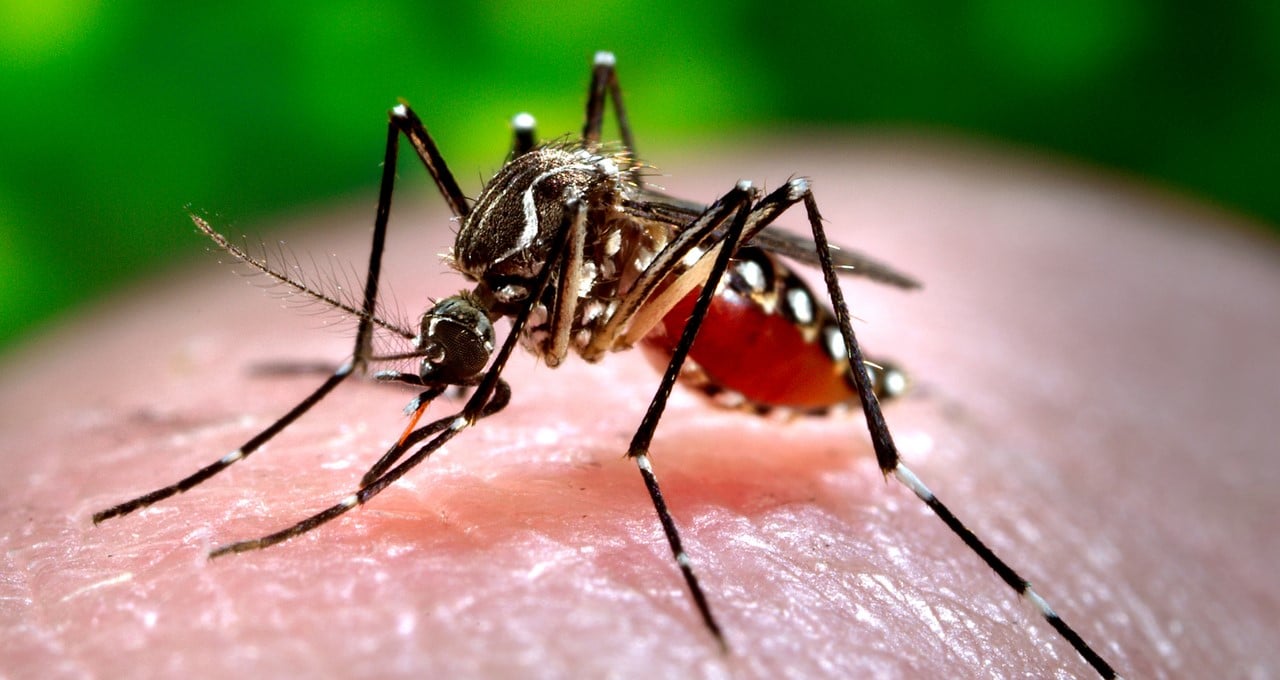Ask folks which animal kills the most people each year and they’ll probably say crocodiles, sharks or maybe lions. But the correct answer is a lot less obvious — the mosquito.
To give a sense of the damage they’ve wrought, an analysis of all the deaths that have occurred on Earth estimates that the pests, through the spread of infectious diseases, have killed 32 times more people than every war in human history combined.
A research effort in Puerto Rico is raising hopes that deep learning can take a serious bite out of mosquitoes’ deadly impact, which can reach epidemic proportions in the nearly 100 countries where malaria, Zika and dengue are prevalent.
“Our goal is to try to identify the tools that can be used to prevent these epidemics,” said Leslie De Jesus, innovation director at Wovenware, an AI and deep learning company based in Puerto Rico.
Wovenware’s project has taken on added significance since Hurricane Maria devastated the company’s island home last year. The resulting standing pools of water have notably increased the quantity of mosquitoes, adding urgency to the work as diseases such as the Zika virus and dengue fever spread.
“Our work has taken on a new level of urgency,” said De Jesus. “With lots of flooding and humidity, the mosquito population is literally exploding.”
Deep Learning to the Rescue
In an effort to control the spread of diseases, Wovenware has developed a deep learning solution that’s designed to automate the identification and classification of mosquito species.
The work, performed on behalf of the nonprofit Puerto Rico Science, Technology & Research Trust and supported by a multimillion-dollar, multiyear grant from the U.S. Centers for Disease Control, expanded as the researchers found growing evidence that mosquitoes have been developing immunity to commonly used insecticides.
The Puerto Rico Vector Control Unit, which is carrying out the project in the field, has been manually capturing mosquitoes in more than 1,000 traps spread around the island.
That process was riddled with problems, as many mosquitoes are mutilated by the weather or when removed from the trap. This made the task time-consuming and error-prone.
With Wovenware’s deep learning solution, vector control officials still must capture and take photos manually, but the rest of the process is automated. This cuts many months’ worth of time from counting, classifying and identifying the gender of all of the captured mosquito samples.
Photos of undamaged captured mosquitoes are used to progressively train Wovenware’s algorithm on the company’s “Octoputer,” a server running four NVIDIA GPUs.
The Wovenware team built separate convolutional neural networks (CNNs) for performing gender and species classification using Keras in conjunction with CUDA. The two classifier CNNs can then be consolidated into one for training. De Jesus said the team is also experimenting with TensorFlow to further speed the inference process.
Keeping Up with Innovation
According to De Jesus, one of the biggest challenges has been keeping up with the advances in research and improvements to architectures that can change the technical approach to problems.
“This field is moving so fast,” she said. “It’s a challenge to read weekly academic papers in the field and see that new models and architectures are being developed constantly.”
As Wovenware refines its solution, De Jesus hopes to take the team’s work to other places where mosquitoes are a major issue. She’d also like to branch into studying the impact that weather has on the pests.
While there are other attempts to address the mosquito problem under review, Wovenware is more concerned with technology-driven solutions that would provide the least amount of impact to the food chain.
“Every species has a reason to live,” said De Jesus. “I don’t see why we should need to extinguish a species.”
Wovenware’s solution may just make such a drastic step unnecessary.
Image credit: Oregon State University. Licensed via Creative Commons.
